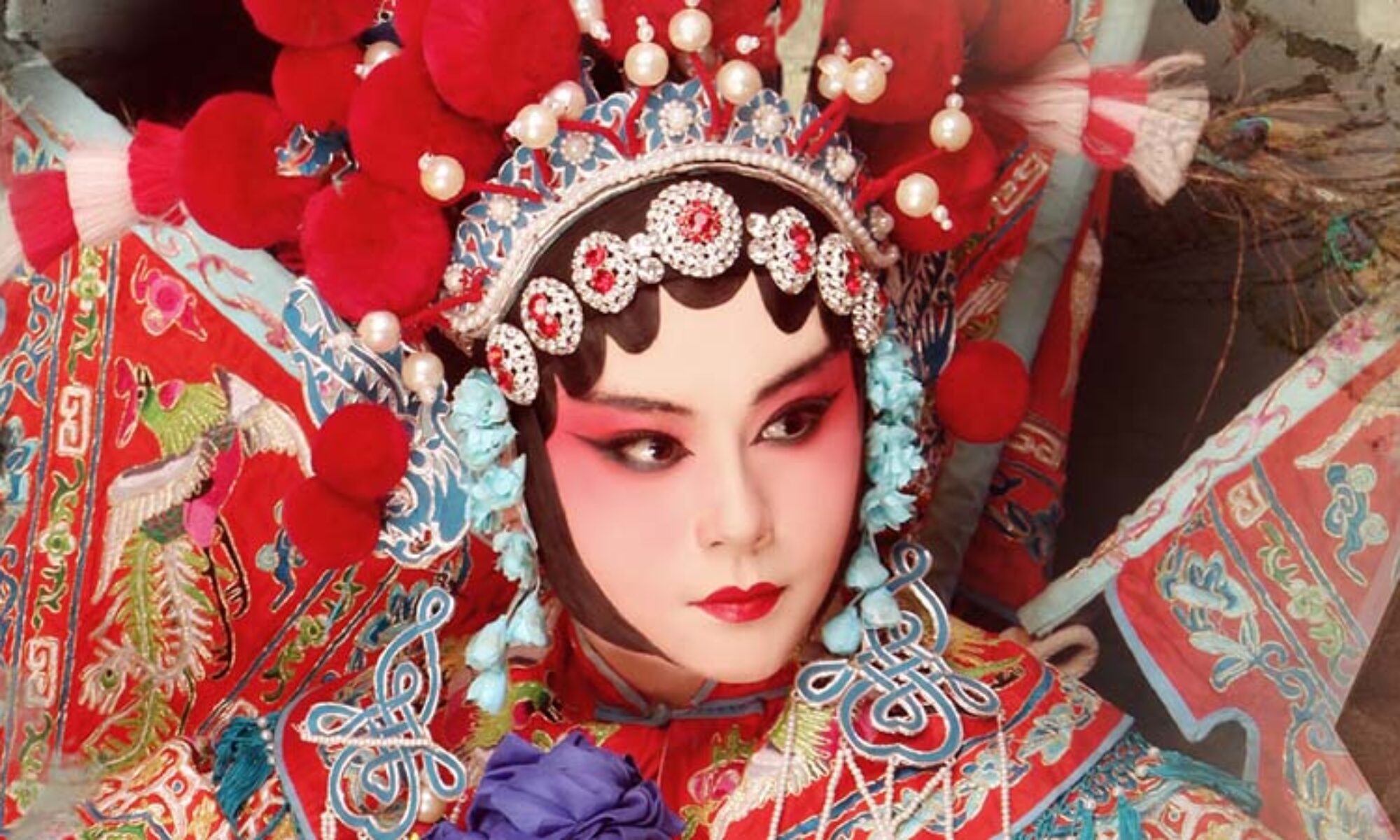
Peking Opera Dance: The Captivating Art of Expression
A traditional Chinese art form that dates back more than two centuries, Peking Opera is known for its unique blend of music, song, drama and dance. Peking opera dance stands out as a key element in this captivating performance style, combining stylized movements and gestures to convey emotions and tell complex stories. This article delves into the fascinating world of Peking Opera dance, examining its distinguishing features and the role it plays in the overall performance.
A feast for the eyes, the Peking Opera dance is notable for its graceful and precise movements. Dancers embody their characters with exquisite poise, performing each step with precision and grace. Dance sequences are designed to captivate the audience, with performers flaunting a variety of colorful costumes, intricate makeup, and gorgeous props. This combination creates a stunning visual spectacle that adds depth and beauty to your storytelling.
Each movement in Peking Opera dance is carefully choreographed and has a symbolic meaning. Dancers use a wide repertoire of hand gestures, facial expressions, and body movements to convey emotions, convey ideas, and portray specific characters and objects. Each gesture has its own meaning, such as raising an eyebrow in surprise or waving an arm to symbolize battle. These symbolic gestures add to the storytelling and allow the audience to interpret the story on a deeper level.
Peking opera dance plays an important role in advancing the story of the performance. It acts as a visual language, conveying plots, emotions and relationships between characters. Through fluid movement and carefully synchronized group formations, the dancers bring key moments to life and enhance the dramatic effect of the entire opera. The combination of music, song, drama and dance creates a harmonious blend that effectively tells stories and sparks the imagination of audiences. Peking Opera dance is inspired by various Chinese dance traditions, including classical dance, folk dance, and martial arts. These styles blend seamlessly for a unique and dynamic expression. The incorporation of martial arts movements brings excitement and intensity to the fight scenes, while elements of classical dance add grace and grace to the overall performance. This fusion of styles showcases China’s rich cultural heritage and highlights the versatility of Peking Opera dance.
Mastering the Peking Opera dance requires years of dedicated training and discipline. Young artists undergo rigorous physical and artistic training to hone their flexibility, strength and control. You will also learn to internalize the emotions and traits of different characters, allowing you to fully embody the role you are playing. Through years of practice, dancers develop a deep understanding of the art form, maintain their own style, and bring their own interpretation and flair to each performance.
Peking opera dance is an integral and fascinating part of the Peking opera tradition. Her aesthetic appeal, symbolic gestures, and ability to convey complex emotions and stories through movement have captivated audiences around the world. The fusion of styles and the mastery required to dance the Peking Opera further enhances its appeal. While this ancient art form has evolved and adapted, Peking Opera dance remains a vibrant and engaging form of expression that continues to captivate and inspire audiences around the world.
